Have you ever had a long-held belief challenged?
I find it equal parts frustrating and comforting.
One part of me thinks, “Well, of course!” The other half of me is annoyed that I didn’t have the information before.
Take, for example, making gravy.
Yes, gravy.
The mother of one of my closest friends makes the best southern-style gravy in the world. It is salty and savory, and it makes everything it tops taste amazing.
I’ve watched her make it a dozen times throughout the years.
She adds butter, drippings from the turkey pan, celery, onions, and a bunch of spices I could never quite catch. She stirs it constantly, and with some magic, creates the most amazing gravy you’ve ever tasted.
Every time I was over at their house while she cooked it I would try to memorize her steps.
It seemed so complicated, and I was too afraid to try to make it myself.
Last month, I decided to give it a try. If I couldn’t get it quite right, maybe I’d get close.
So I called her up and asked her for her best gravy-making advice.
“Neil, the best gravy has three ingredients – a fat, flour, and a liquid. I use butter for the fat. That is it.”
So, I tried it: two tablespoons of butter, two tablespoons of flour, and two cups of beef broth.
And you know what?
Best freaking gravy I have ever had. (Well, almost.)
Marketing strategies can seem like that, too.
With so many moving parts, they can feel overwhelming and impossible to replicate.
Many marketers get frustrated because they don’t see results right away. They assume they’ll never reach their goals.
Too often, we let long-held beliefs stand without questioning their validity.
That is what I want to do today. Challenge a few long-standing truths about how to be successful in digital marketing.
There are a few things I think most digital marketers are doing all wrong.
1. Thinking you have to stay “up-to-date” on all the changes in digital marketing
It’s no secret that digital marketing is constantly changing.
The industry is maturing, technology is constantly improving, and users are changing the way they use the Internet.
Take, for example, voice search. In addition to talking to Siri on my phone, I can now ask my computer questions.
I can ask Alexa to order me a pizza.
Seriously, how awesome is that?
Voice search was not something digital marketers had to think about just five years ago.
So, there is some value in staying up-to-date on industry news.
The problem is that a search for “changes in digital marketing” has 1.4 million results.
That is a ridiculous amount of content.
There is no way you can read the hundreds of new articles that get published on digital marketing every day.
Marketing Land alone published seven articles on a recent Friday. Seven.
That is just one site. There are dozens of other digital marketing news sites as well.
There is simply no way to read all the news.
We all spend a lot of time waiting for Google to make a change that shakes up everything. The problem is that those updates are nearly constant.
John Mueller, a Trends Analyst at Google, says the search giant makes updates nearly every day.
Yes, we make changes almost every day.
— John ☆.o(≧▽≦)o.☆ (@JohnMu) March 9, 2017
Gary Illyes puts the average at three Google updates a day.
we have 3 updates a day in average. I think it’s pretty safe to assume there was one recently…
— Gary “鯨理” Illyes (@methode) March 9, 2017
It is impossible to keep up with every single change in the digital marketing industry.
To be honest, trying to keep up is a waste of your time.
You could easily spend your whole day just reading the news, which leaves very little time for actually doing the work.
Don’t get me wrong, staying current is important, but it is also way over-hyped.
The best way to create long-lasting results is to consistently write high-quality content your readers actually want to read.
More isn’t always better.
For example, did you know Apple didn’t pay for any advertising for the iPhone for the entire first year before it went to market?
That is right. In the beginning, Apple didn’t pay to promote what is now its flagship product.
In June of 2015, Apple sold the 1 billionth iPhone.
I’d say that turned out pretty well for them.
Remember, taking action isn’t always better than remaining inactive. Stop chasing the news and focus on doing the work — you will be more successful in the end.
2. You don’t need to spend money
A quick search for any marketing topic along with the word ‘free’ generates millions of results.
Free SEO tools is always a popular search:
Nearly six million results.
It makes sense. People like free stuff.
But I truly believe that you get what you pay for.
If you are just getting started building your business, there is definite value in learning the ropes and using free or ‘freemium’ digital marketing tools.
Some of my favorite tools, like MailChimp and Trello, offer free versions.
Free or trial versions also let you try tools out before you invest money in them.
I am not knocking free.
However, there is a tipping point of diminishing returns with free tools.
At some point, you have to spend money if you want to succeed.
I’m not talking about those click-bait ads you see on Facebook. “How I made $100 million last month and only spent $50” — you can’t replicate that.
Those results are not typical, nor should they be expected.
But I firmly believe you have to spend money to make money.
In fact, I’ve written about it extensively because it works.
For example, a few years ago I spent $57,000 to build and promote the Instagram account @whoisneilpatel.
The purpose of this experiment was not to stroke my own ego. It was to prove that you can, in fact, earn ROI on large investments in personal branding.
And it worked.
Within a month, Google searches of my name increased by 71%. Within six months, I was able to turn a profit.
Another example is the time I spent $162,301.42 on clothes in one year and earned nearly $700K.
Here is the thing: Nothing is free. You pay for everything with either time or money.
Say you spend 10 years learning how to manage your PPC account successfully using free PPC guides and free PPC tools.
After a decade, you have built a million-dollar empire.
That is awesome. Seriously, good for you.
You put the blood, sweat, and tears into learning a process from scratch, and that is something to be proud of.
In this case, you paid with your time. Nearly a decade of it.
What if, instead, you paid for enterprise-level PPC tools and a highly successful PPC expert to manage your account?
And what if those paid tools could help you turn a 1K profit in just one week, kind of like Glen at Viper Chill did?
In Glen’s case, he paid with money and was able to turn a profit very quickly.
Time or money. You have to decide what is more important to you.
Learning the basics of digital marketing is important.
Writing high-quality content is extremely important.
I am not advocating taking the easy way out here. Instead, I am suggesting brands that choose not to invest real money in marketing are approaching the industry completely wrong.
If you want to succeed in marketing, spending money is necessary.
You just need to do it wisely.
3. Avoiding pop-ups like they are the plague
Bring up the topic of pop-ups, particularly around marketers, and you will hear a lot of naysayers.
“I never go to sites with popups!”
“It is a terrible user experience.”
“No one uses pop-ups anymore; they just don’t work!”
“Doesn’t Google punish sites that use pop-ups now?”
Wrong, wrong, wrong, and wrong.
Pop-ups work.
A study by Nielsen Norman Group, aptly titled “The Most Hated Online Advertising Techniques” shows the most hated type of ad is the “Modal” ad.
They define it as “[An ad that] appears on top of a site’s content when you go to the site. The ad must be closed before you can interact with the site content.”
Despite all the ‘data’ showing that pop-ups don’t work, I have been a huge proponent of pop-ups throughout the years.
The reason is simple.
Pop-ups work.
They work so well, in fact, that I actually co-founded a company called Hello Bar that makes it easier for brands to test and use pop-ups and header bars to increase conversions.
Yes, I even use them on my own sites.
You’ve probably seen this header bar, which bounces a little to catch the user’s eye:
It leads to this pop-up, which is aimed at driving signups to my webinar:
This pop-up converts like crazy.
The proof is in the conversion rate.
So, how can you use pop-ups to increase your conversion rates?
First, you need to understand the different types of pop-ups.
This isn’t 1999. We aren’t using trying to spam our readers.
Remember these?
That legitimately hurts my eyes.
Don’t do that.
I hear you saying, “But Neil, didn’t Google release an update punishing pop-ups on mobile?”
Yes, early in 2017, Google began devaluing mobile pages that used ‘intrusive interstitials.’
What the heck is an intrusive interstitial?
- A pop-up that covers the main content of the site.
- A standalone ad that the user has to dismiss before accessing the main content.
- A layout where the above-the-fold portion of the page appears similar to a standalone interstitial.
Luckily, Google also provided an image of what it considers intrusive, as well:
Because of this update, I do not recommend using pop-ups at all on mobile sites, although you can test them.
In most cases, you will find they are simply not effective. Small screens and large fingers make pop-ups less effective on mobile devices.
In addition, most mobile users are browsing or looking for a quick answer.
This means if you are hoping for, say, a webinar registration, a desktop user is more likely to be your target audience.
Okay, so don’t put pop-ups on mobile.
How about on desktop?
This is going to be where pop-ups shine, but there are many different kinds.
New window pop-ups are exactly what they sound like. A whole new window that pops up over the content. These are no-nos across the board, and most browsers block them.
Overlays are the most common type of pop-up used today. These happen in the same window and are much less intrusive to the user experience.
For example, if you go to Kissmetrics and read a blog post, you will notice this pop-up in the right-hand corner.
Interstitials, as defined by Aleh Barysevich on Search Engine Journal, are pop-ups that are unresponsive, not triggered by an action, and cover most of the content.
Examples of these types of ads include Forbes.com, which covers the entirety of a post with an ad:
Don’t do that, either.
The best-performing pop-ups are triggered by an action (staying on page for X amount of time, leaving, etc.), are easy to dismiss, and use enticing copy.
My #1 advice for using popups is to test. And then test again.
Don’t rely on gut instinct or what you like. Rely on data.
Most tools, like my tool Hello Bar, make is super simple to test over and over again.
Find which pop-up performs best, and then tweak it again. And again.
4. Trying to rank #1 for top key terms
One of the first questions I get from prospective clients is, “How do I rank #1 in Google for <insert the broadest key term in their industry>.”
Honestly, you don’t
If you are an e-commerce computer company, you don’t break into the industry trying to rank for “buy a laptop,” or even “buy an iPad”.
Instead, you should be aiming for long-tail keywords of four words or longer and creating long-form content to target those keywords.
If you want to increase your organic search traffic by as much as 91%, like I did, you need to stop focusing on the same terms as everyone else.
The screenshot below is from my Google Analytics account for QuickSprout before I started targeting long-tail key terms.
When I started focusing on long-tail keywords, my organic traffic shot up.
Think it won’t work for you?
According to Casie Gillette at Ko Marketing, 50% of search queries are four words or longer. Searches are becoming far more conversational in tone, which opens the door for smaller brands to rank well
Backlinko analyzed 1 million Google search results and found that the average first-page result is 1,890 words long.
Long-form content that targets long-tail keywords works.
If you are still throwing money at the top keywords, you are doing it wrong.
So, now that you understand the benefits of long-tail keywords, how do you find and target them?
Start with seed keywords, and then plug them into Google’s Keyword Planner. Let’s stick with the example above and look for HP laptop keywords we can target.
Once you sign into the Keyword Planner, go to “Search for new keywords using a phrase, website or category,” then hit “Get Ideas” at the bottom.
HP laptops is a highly competitive keyword, as you can see. Which is why we aren’t going to target it.
A few pages in, we start seeing some longer key terms that are medium level.
Notice something about the low- and medium-competition key terms?
Those keywords are longer and more specific.
Those are the keywords you need to focus on.
If you don’t focus on these long-tail keywords, this is what you are competing with:
Ads, more ads, and then news.
Your chances of ranking above the fold are pretty much nil.
Instead, let’s say you shoot for “HP Pavilion dm.” Here is the competition:
Still pretty crowded above the fold, but a much better chance.
Take a look below the fold:
There is your sweet spot. You can easily rank well without breaking the bank.
Don’t forget to mine the “searches related” section at the bottom of the search results for even more long-tail keywords:
Conclusion
Pick any marketing strategy out there, and you can find a thousand ‘experts’ telling you how to do it — and likely just as many people declaring the practice dead.
It is a hazard of digital marketing.
Everyone feels like they have something to say.
Over the years, I have learned that if you want to succeed, you can’t focus on what other people are doing.
The truth is, the tactics I use aren’t always popular.
In fact, I often get flak for trying them.
For example, who spends $57,000 to look cool on Instagram? Me, because I was curious if it would work. (It did.)
Who uses three different pop-ups on a website? Me, because I tested it and it works.
You don’t win in marketing by following the pack. Instead, you win by blazing your own trail.
What unpopular marketing strategy have you tried that actually worked?

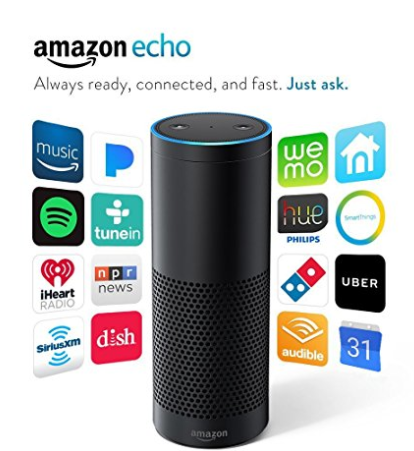
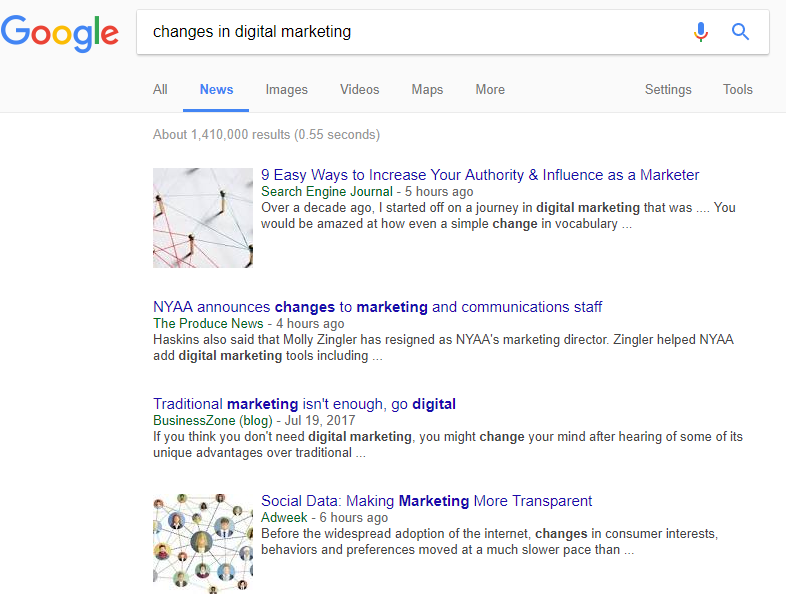
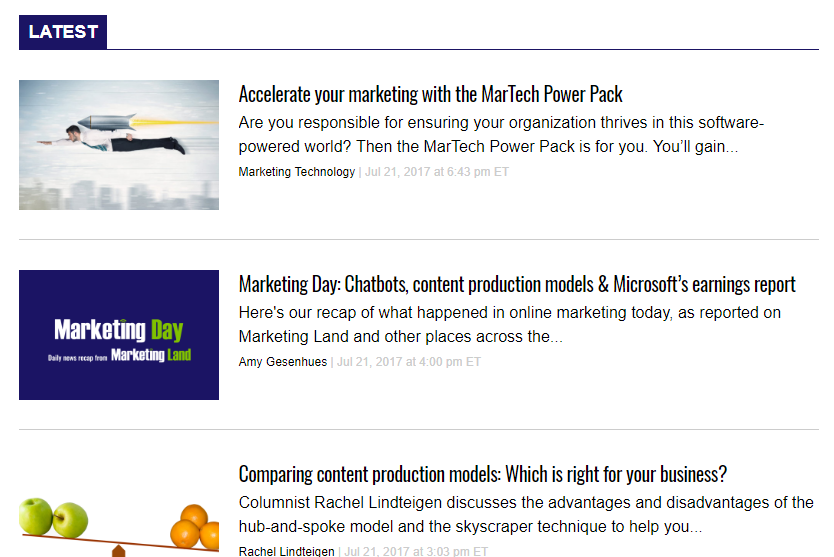
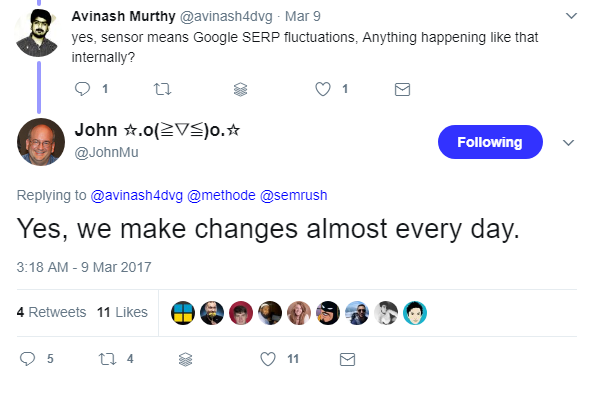
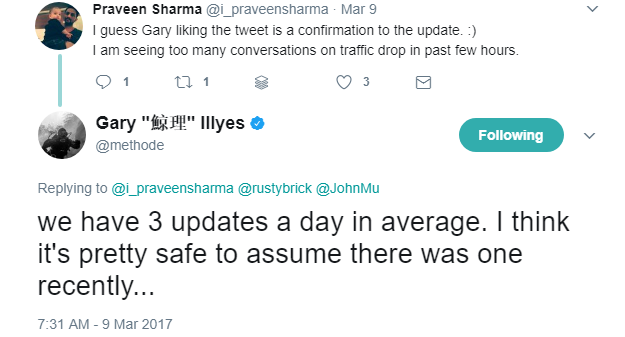
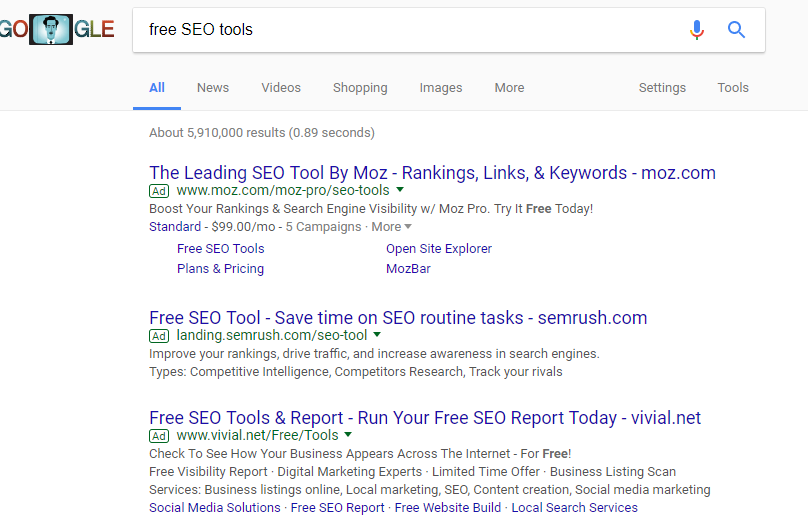
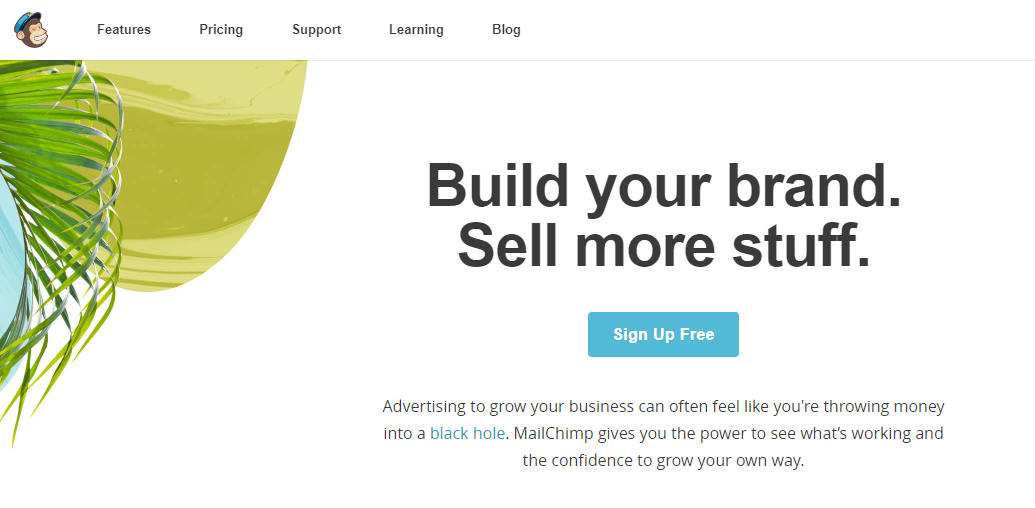
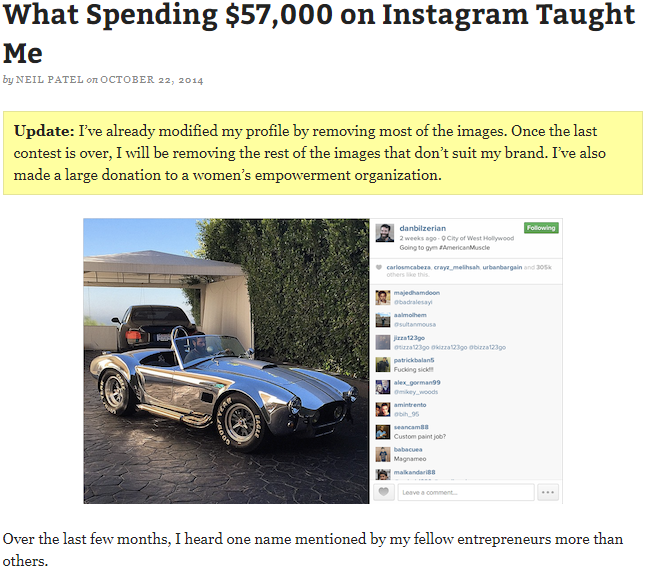

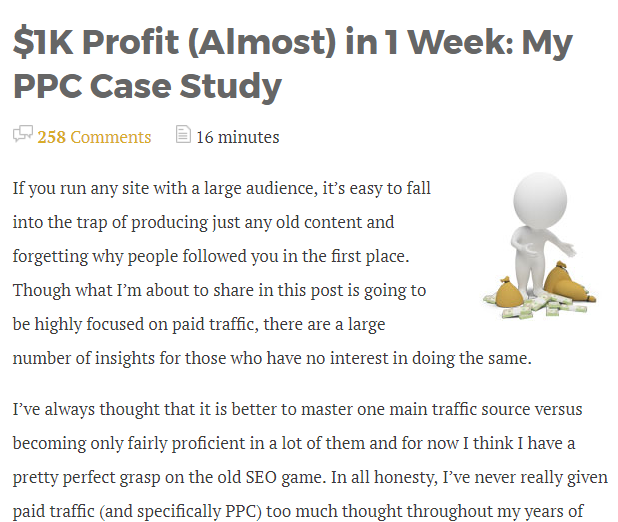
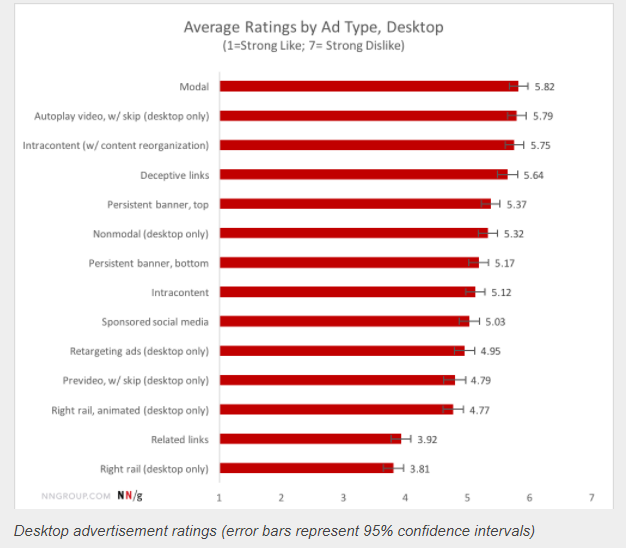

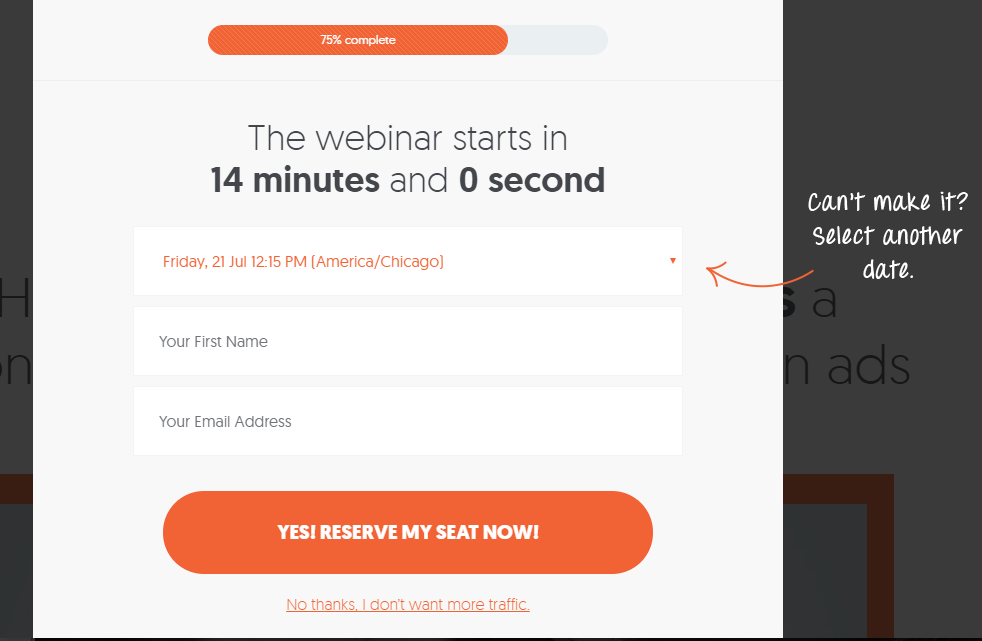

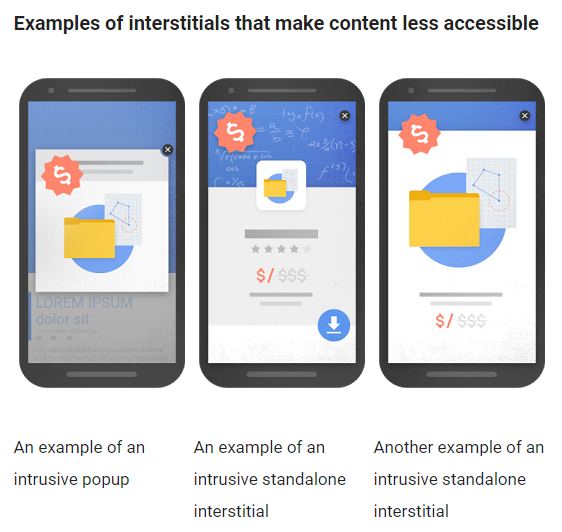
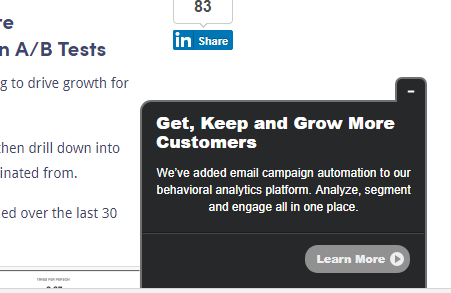
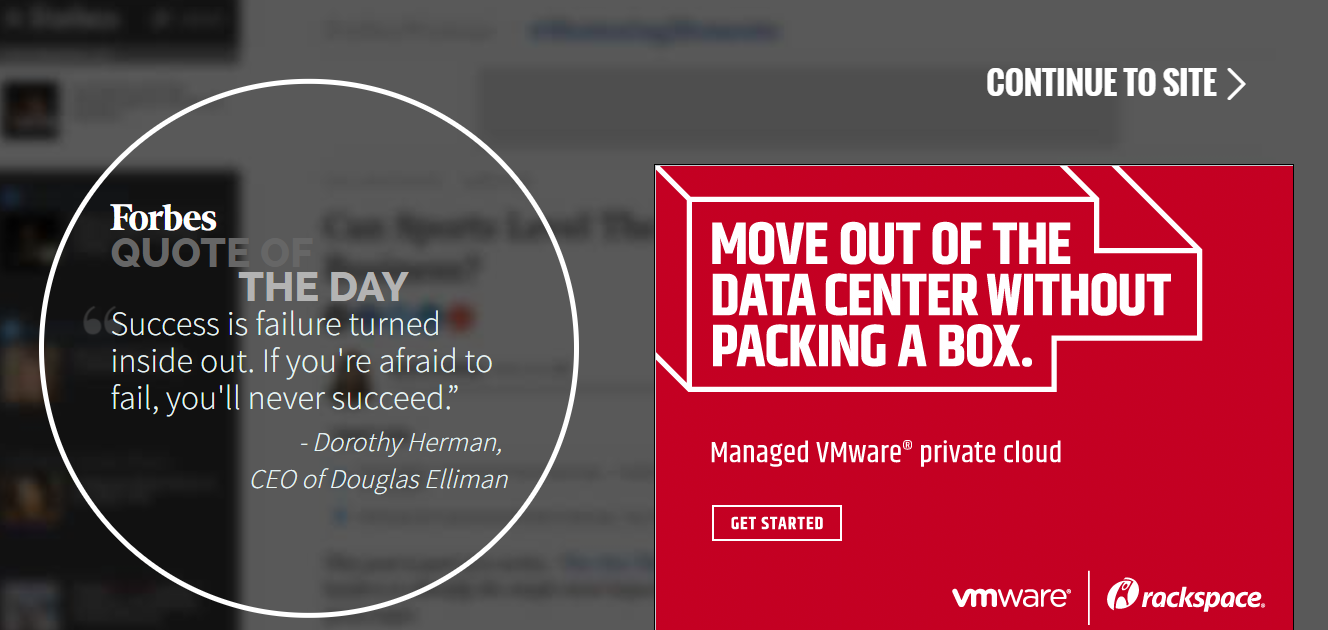

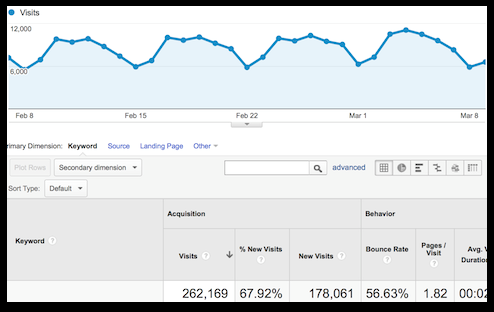
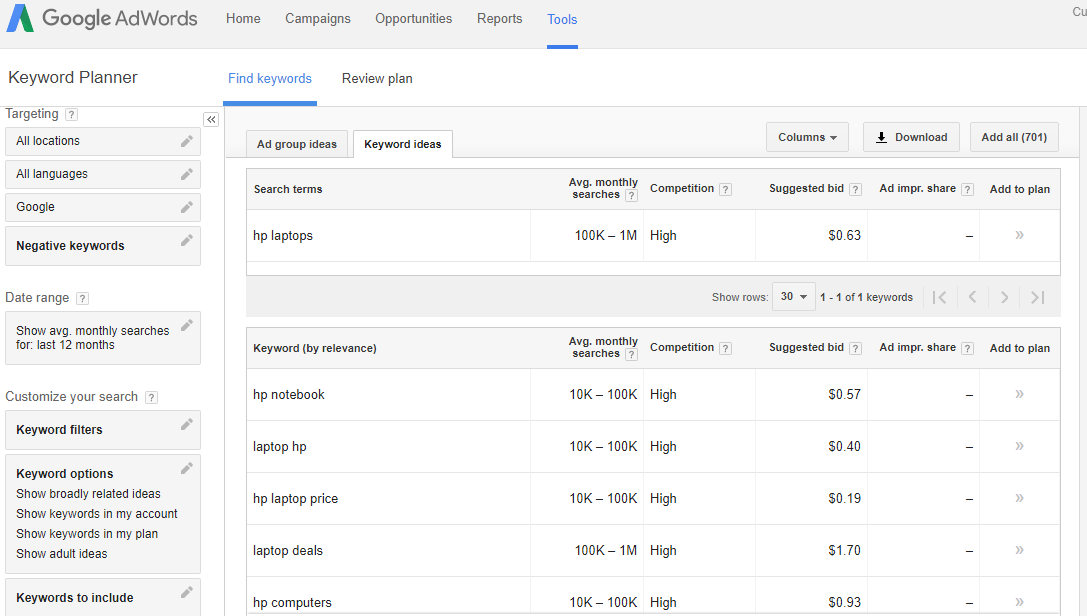
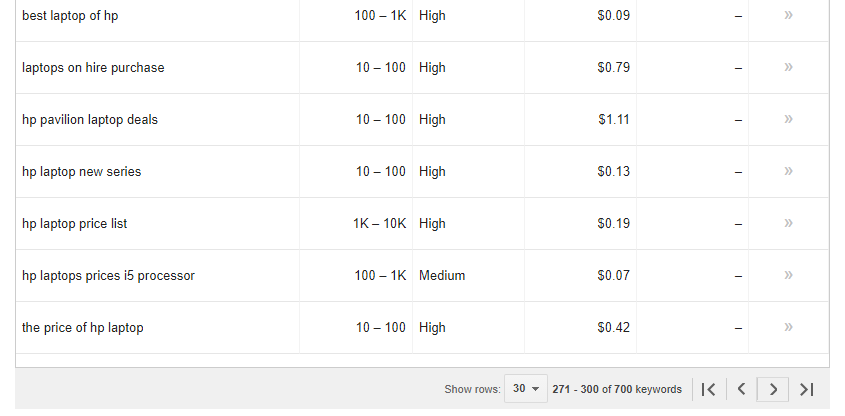



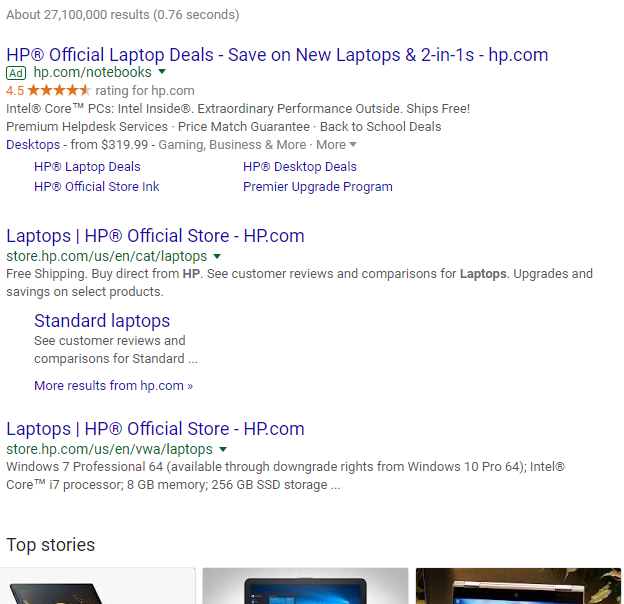
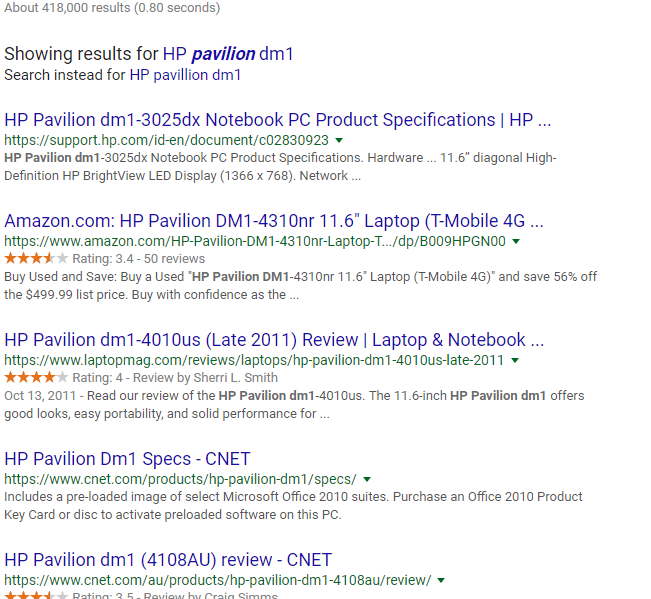
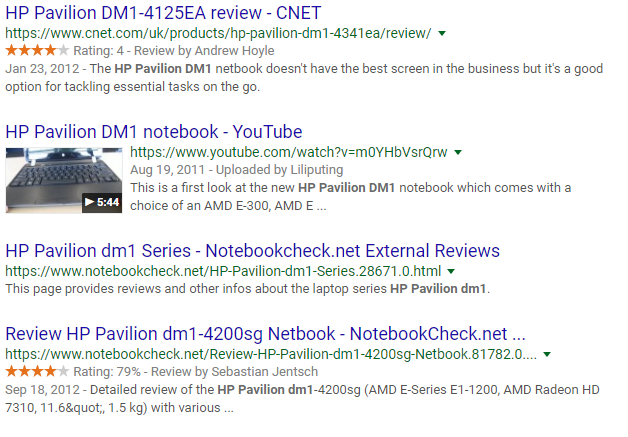

Comments (10)